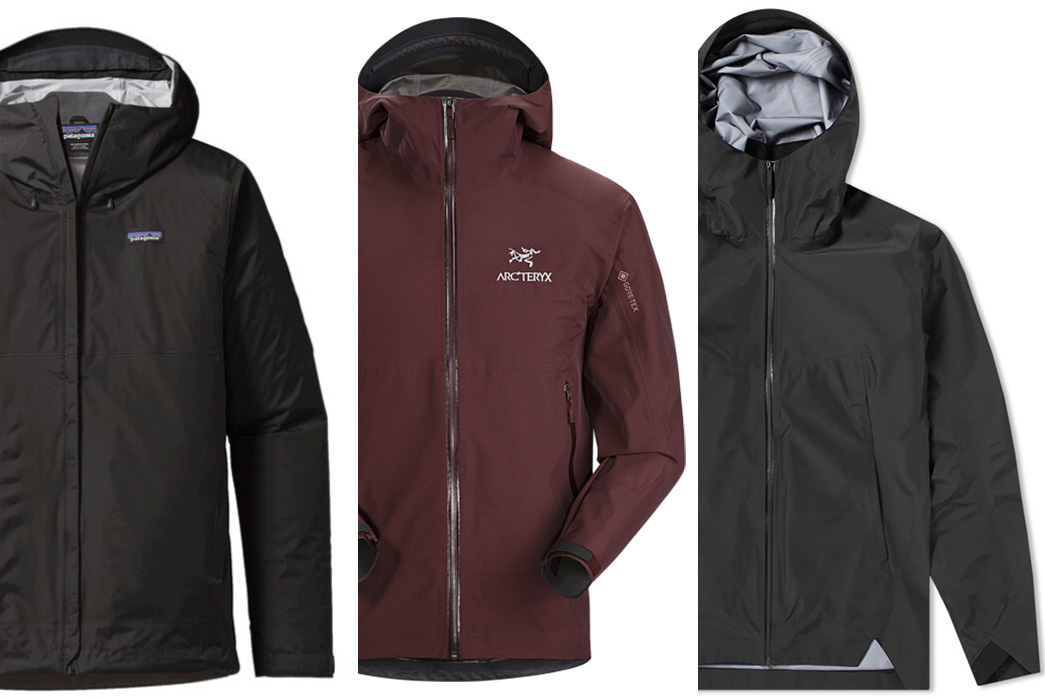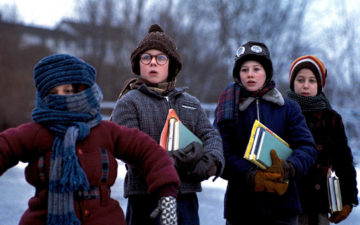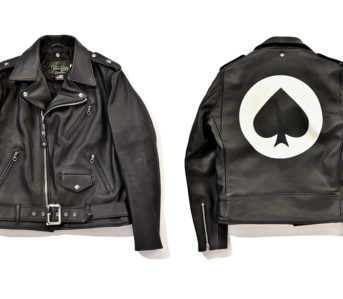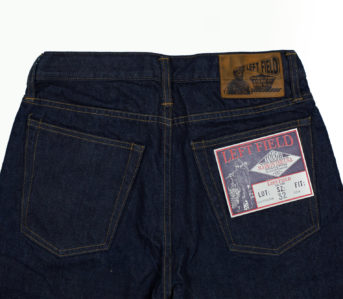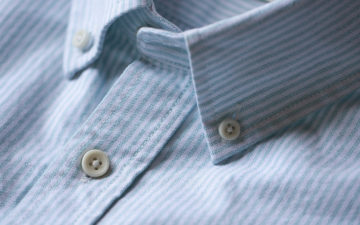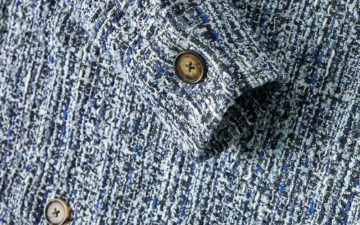Along with glacial temperatures and icy sidewalks, winter brings another friend along each year—rainfall. And while the rain can be a huge inconvenience to our everyday lives, we can be thankful for the technological advancements that have brought us waterproof jackets. Fabric innovation means that for years now, we have had access to jackets with can keep us dry whilst remaining lightweight, comfortable, and breathable—the shell jacket.
Shell jackets are waterproof, lightweight jackets designed to be worn as an outer layer, hence the term shell. Coming in a range of technical fabrics, shell jackets are made by a huge array of brands with a broad spectrum of price-points, so it can be hard to know exactly what you’re getting for your buck. If this Veilance shell is over $800, will a $100 Patagonia one even keep me dry?
We’re here to separate the world of shell jackets into three rough tiers, explaining the typical features each tier will offer you. Remember, each of these categories is not a judgment of good or bad, just what you get for your money at each level.
A Quick Word on Layer Construction…
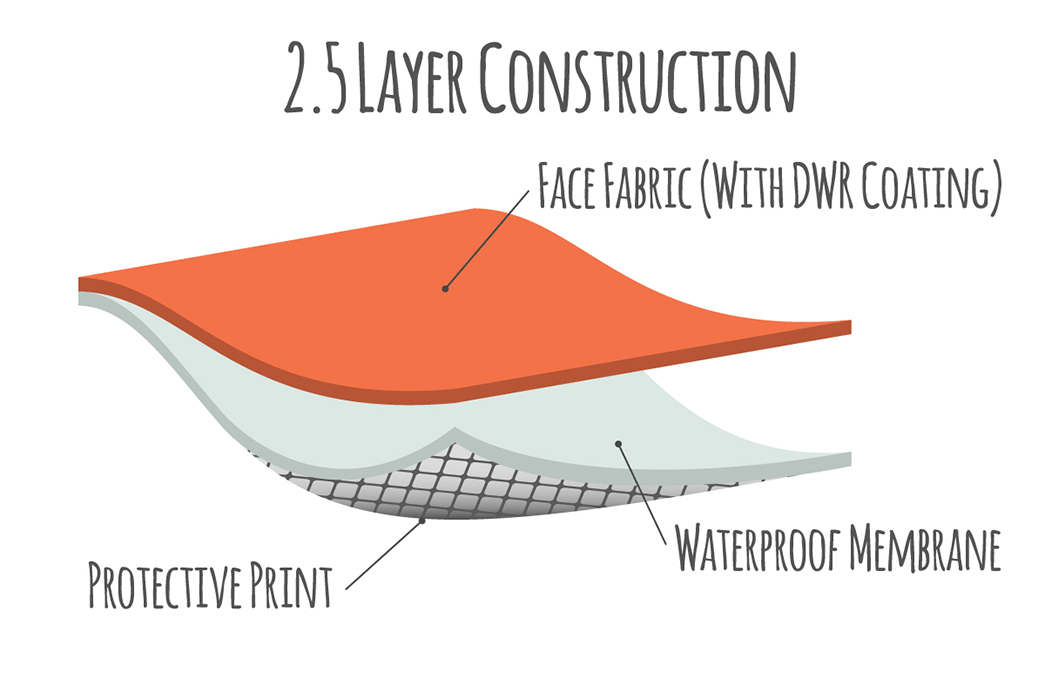
Image via Triple Fat Goose
When searching for a waterproof jacket of any description, you are likely to come across the terms 2-layer, 2.5-layer, and 3-layer construction. These names relate to the construction of a waterproof fabric which will dictate its performance in wet weather:
2 Layer
2-layer fabrics have a protective inner coating that’s bonded to a face fabric like nylon or polyester. 2 layer jackets are typically treated with a Durable Water Repellency (DWR) coating which causes water to bead on your jacket and roll off, rather than penetrating the fabric.
2.5 Layer
2.5 layer fabrics use the same sort of outer fabric as a 2 layer. The half layer refers to a printed or sprayed-on protective layer that is applied over the inside layer of the fabric.
3 Layer
3-layer fabrics feature an external DWR treated face fabric–a waterproof breathable membrane in the middle–and a third, laminated or sprayed-on layer inside the fabric. The goal of the third layer is to keep sweat and oils from clogging the microscopic holes in the waterproof layer.
Entry Level (Sub $150)
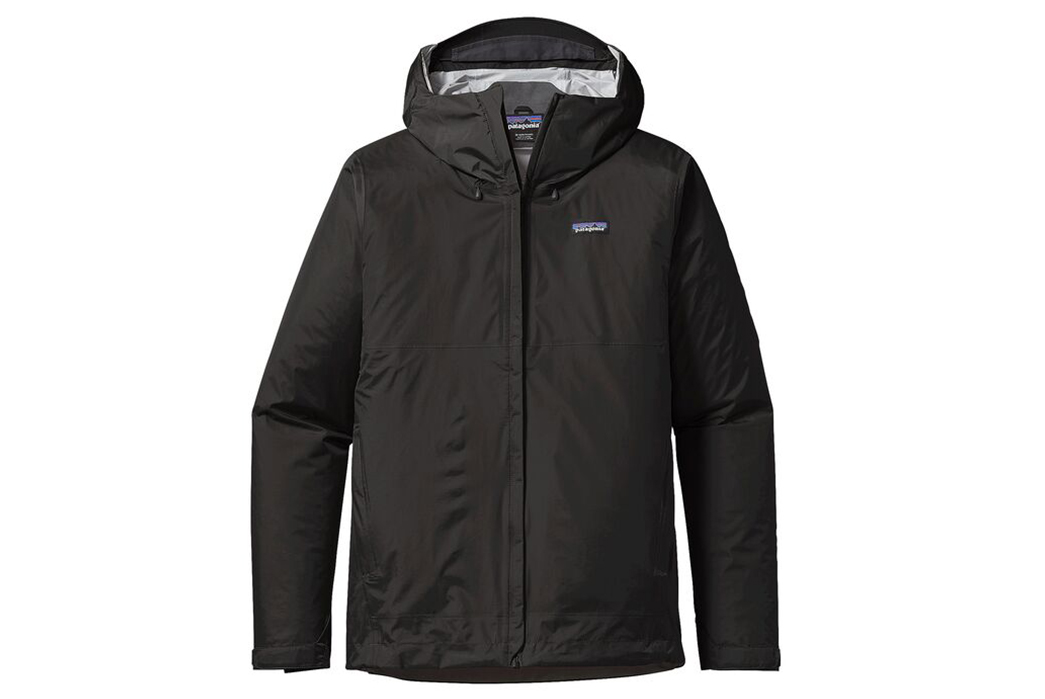
Patagonia Torrentshell Jacket, available for $90.3o from Patagonia
Although entry level shells come in at a lower price point, they’re still extremely functional garments that will keep you dry in most rainy conditions. In this tier, shell jackets will be primarily constructed from a standard proprietary waterproof fabric developed by the maker, such as Patagonia’s H2No or The North Face’s DryVent. These fabrics will be 2-2.5 layer construction, as explained above.
For any jacket to be waterproof as opposed to water-resistant, it must have sealed seams, so any shell jacket, even those at entry level, should have this feature. Entry level shell jackets will typically feature a standard zip closure as opposed to the sealed zippers seen on higher-level shells.
If you’re looking for something to keep you dry, entry level shell jackets from a reputable brand will almost certainly do the job.
Notable makers of entry level shell jackets include:
Mid Level ($200-$500)
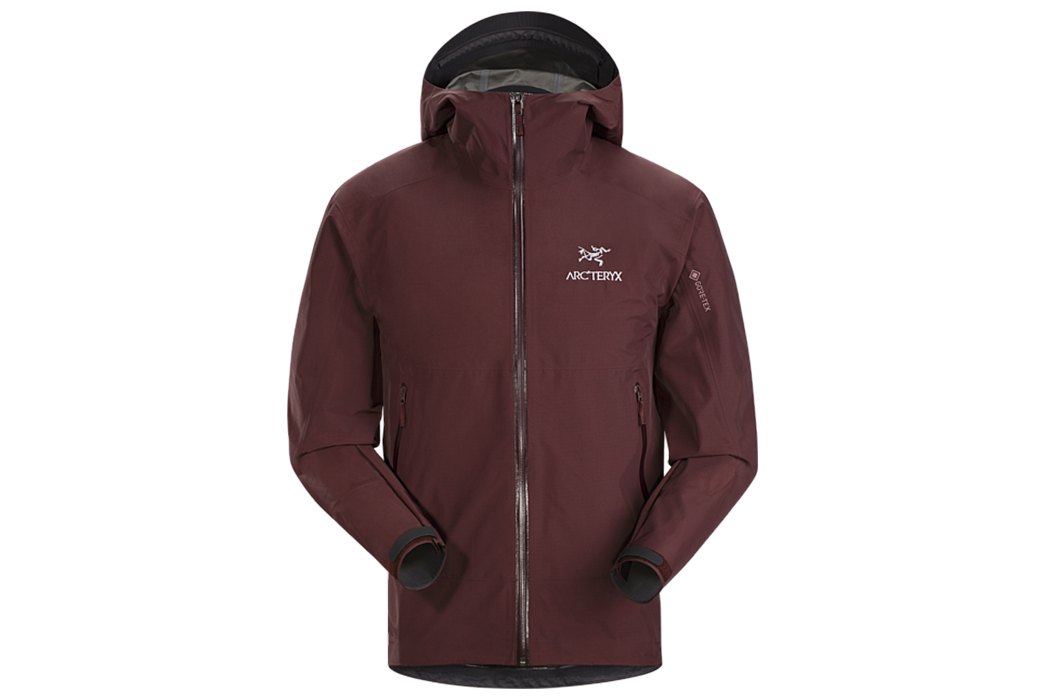
Arc’teryx Zeta SL Jacket, available for $299 from Arc’teryx
At the mid-level, shell jackets get a bit serious in construction and price. Most fabrics at this level will feature Gore-Tex technology and 2.5 – 3 layer construction that provides a higher level of waterproofing and weather resistance.
More attention will be paid to the hardware with mid-level shells typically featuring more robust cuff-adjusters and water-resistant zippers. Brands will also make efforts to strategically place soft fabric patches in spots such as the chin and neck.
You will start to see more technical details like built-in hand gaiters, multiple hood functions, and advanced pack-away constructions that allow the shell to be packed down into a small bag for easy transportation.
Notable makers of mid-level shell jackets include:
End Level ($500 +)
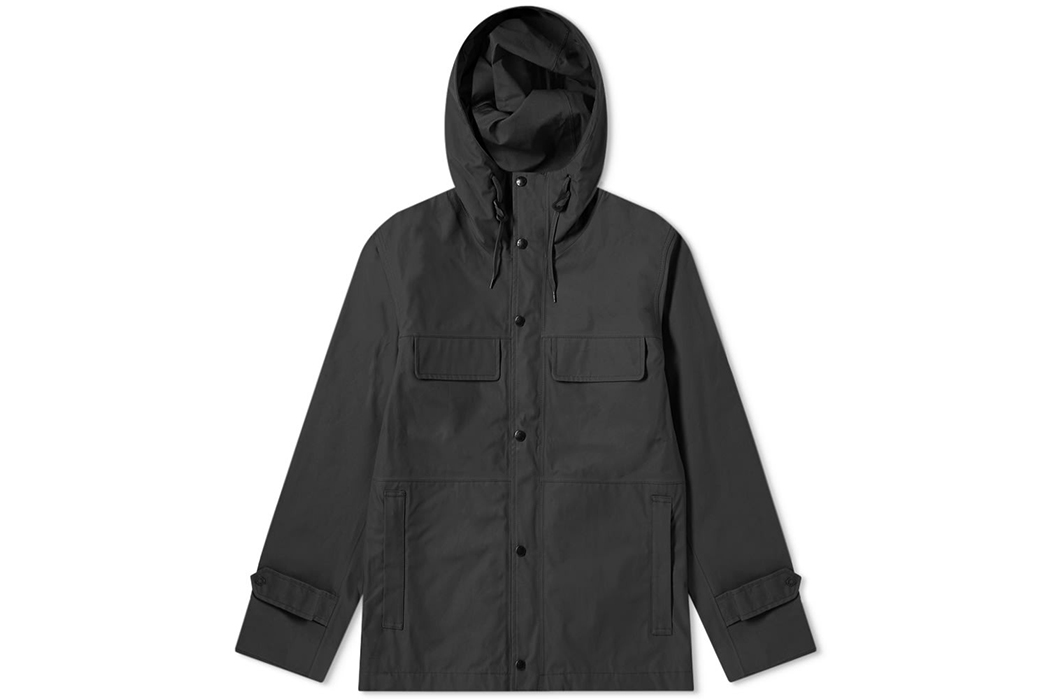
Nanamica Gore-Tex Cruiser Jacket, available for $839 from End.
At the end level, brands have gone all out to create the best possible shell by balancing weight, functionality, comfort, and waterproofing technology. Featuring similar details to those of the mid tier, end level shell jackets will be more likely to feature 3 layer fabrics, top of the range Gore-Tex technology, and unique construction techniques that maximize the jacket’s functionality.
That said, many end level shells will actually start to veer into form as well as function—like the Nanamica Cruiser pictured above—which features mountain parka-esque details on a lightweight shell. Veilance is another brand that blends full functionality with a curated aesthetic which allows the product to enter more fashionable realms.
At this level, your money is really going on the finer details which may be lacking in many mid tier options, and you can expect a more aesthetically unique shell jacket
Notable makers of end-level shell jackets include:

